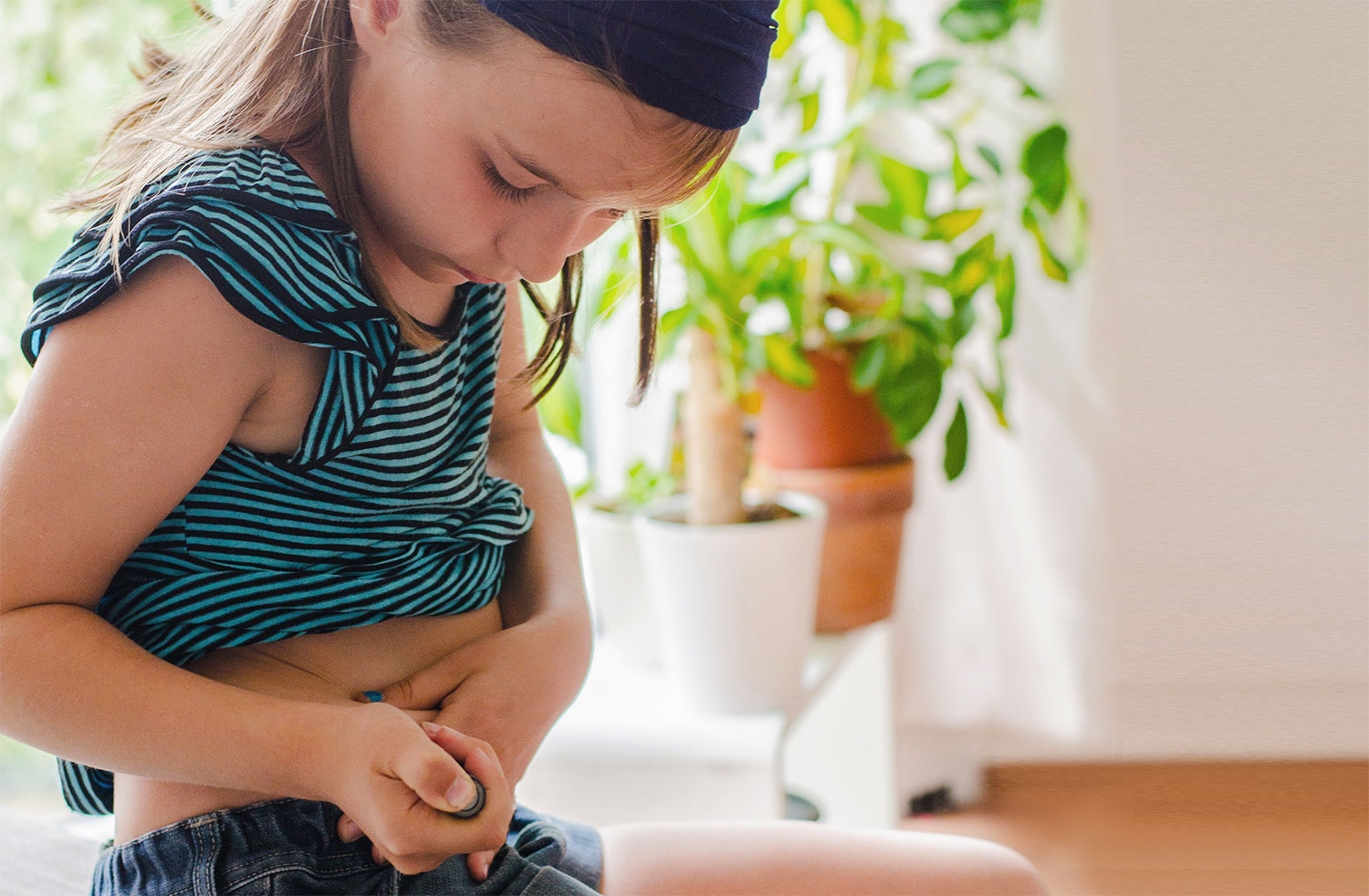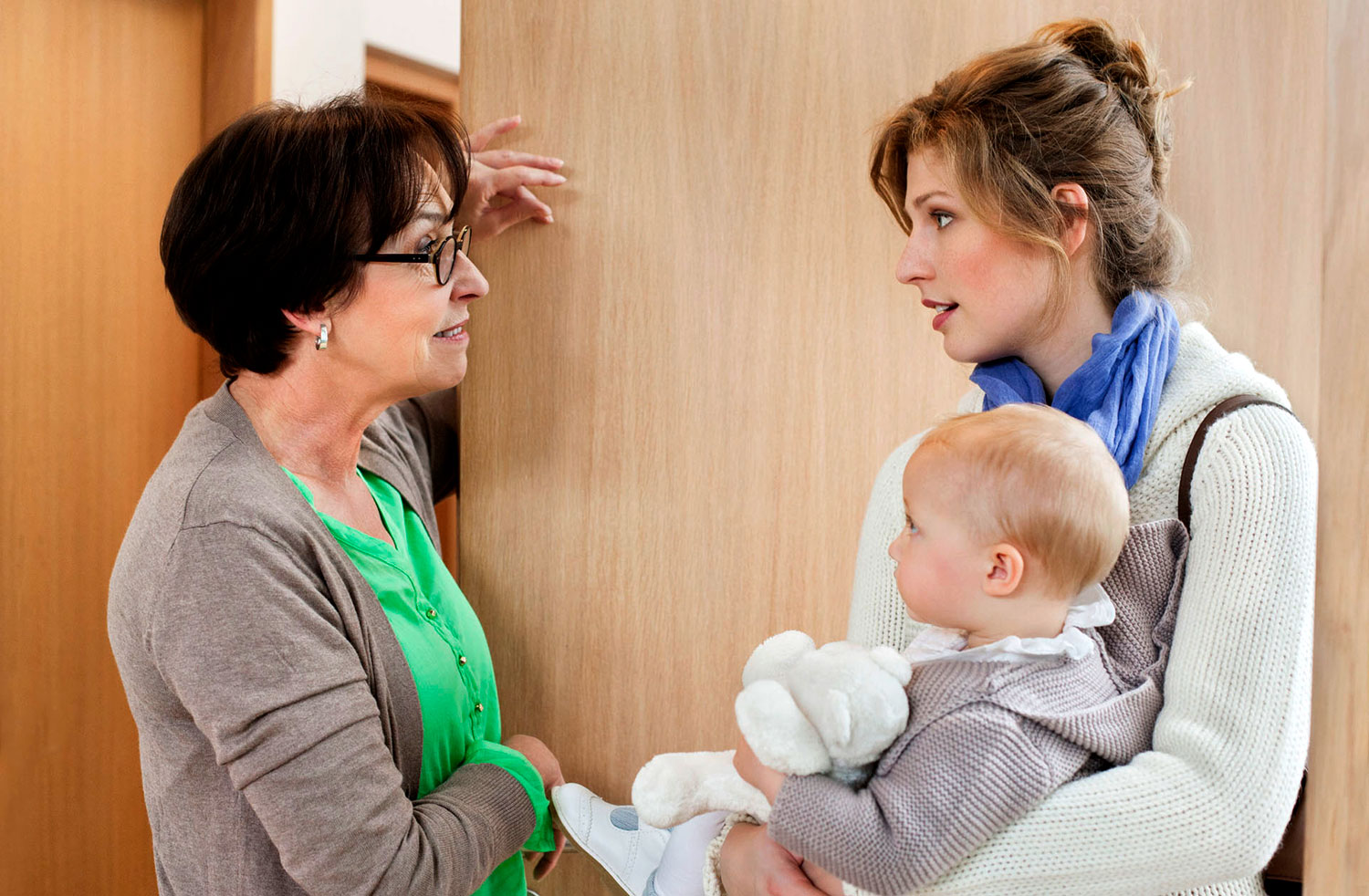Medically reviewed by Dr. Jordan Pinsker, Vice President & Medical Director, Tandem Diabetes Care.
Helping care for a child with type 1 diabetes (T1D) is a team effort. Parents, family members, and healthcare providers who specialize in pediatric diabetes often come together to find the right combination of insulin therapy and support.
Beyond that core support team is an extended branch of caregivers. These can include family friends, teachers, or babysitters. Understanding type 1 diabetes, how to test blood sugar, how to recognize the signs of low blood sugar, and how to spot the signs of high blood sugar are all important when caring for a child with diabetes.
Read more about type 1 diabetes management for children and teenagers.
This guide for babysitting a child with type 1 diabetes will provide an overview that babysitters can use to check their knowledge so parents can feel comfortable that their babysitter has the information they need to care for a child with type 1 diabetes.
What is Type 1 Diabetes?
Type 1 diabetes, which used to be called juvenile diabetes, is an autoimmune disease where the body either doesn’t produce insulin or is unable to efficiently use the insulin it does make because the immune system targets cells in the pancreas that make insulin.
Learn more about insulin and how it works.
It was previously known as juvenile diabetes because it was almost exclusively diagnosed in children. As the medical community learned more about type 1 and understood the autoimmune disease process, it was realized that T1D can be diagnosed at any age. It is now called type 1 diabetes — regardless of whether you are diagnosed as a child or adult.
Type 1 diabetes is different from type 2 diabetes, which is more about insulin resistance and how the body interacts with the insulin it does produce.
Read more about the difference between type 1 and type 2 diabetes.

Babysitting a Child with Type 1 Diabetes
It’s crucial to have continuous communication between the caregiver and the babysitter to make sure everyone feels comfortable. Understanding insulin, glucose, and how to test glucose levels are important first steps to babysitting a child with type 1 diabetes. Parents should establish clear instructions for the babysitter, and the babysitter should feel comfortable asking questions.
Dr. Jordan Pinsker is a renowned pediatric endocrinologist. He said the first step is for the parents and sitter to establish a gameplan.
“It is advised that the caregivers and sitter sit down and work through a plan together, make notes, and have written instructions available,” said Dr. Pinsker, who is also Vice President and Medical Director for Tandem Diabetes Care. “Think of it as making a decision tree of if-then type of situations. If the child’s glucose is below 70 mg/dL (milligrams per deciliter), then give 15 grams of fast-acting carbs. Or if glucagon is needed, then it can be found in the medicine cabinet. You really cannot over-communicate in these types of situations. Be really clear with expectations. There are also great tools available that allow parents and caregivers to share diabetes care information automatically, and send alerts for low and high glucose levels.”
What is a “Healthy” Glucose Range?
Because there are so many different factors that can influence glucose levels, medical professionals shy away from using terms like “healthy” or “normal” when describing glucose levels. Instead, they have created a target range of 70 to 180 mg/dL. This target range is considered standard by most endocrinologists and diabetes educators. It is also the standard range suggested by the American Diabetes Association.
Some of the factors that can impact glucose levels include:
- Food intake
- Growth spurts
- Hormones
- Increased or decreased activity
- Medication
- Stress
- Time of day
Read more about understanding glucose and how to monitor it.
The amount of time someone with type 1 diabetes has their glucose levels between 70-180 mg/dL is called their “time in range.”
Read more about time in range and what it means for diabetes management.
What’s the Difference Between Hypoglycemia and Hyperglycemia?
When glucose levels get too high — typically at or above 180 mg/dL — it is considered hyperglycemia. Conversely, when glucose levels are too low, it is called hypoglycemia. The threshold for hypoglycemia is at or below 70 mg/dL. Additional action may be necessary before hyperglycemia or hypoglycemia occurs depending on the situation, such as physical activity or meals.
Learn more about the differences between hyperglycemia and hypoglycemia.

Testing Blood Sugar at Home
There are several ways for a child or babysitter to check glucose levels. One of the most common is by using a continuous glucose monitoring (CGM) sensor, which can provide real-time glucose levels. These are typically viewed using an app on a smartphone. Most insulin pumps will also be able to display glucose levels and many have accompanying mobile apps. It may be useful to have the babysitter “follow” the child’s glucose on their smart device for the duration of the care.
“Using CGM is the gold standard of management for T1D,” Dr. Pinsker said. “It fosters independence in young patients while allowing caregiver oversight.”
Read more about insulin pumps and how they work.
For children who aren’t using CGM, they might be using a glucose meter, which requires a fingerstick that produces a droplet of blood that is added to a test strip. Glucose levels are then displayed on a glucometer.
Babysitters should speak with the caregivers about how they monitor their child’s glucose levels.
The babysitter should know in advance whether the child can help monitor their own glucose levels, or whether it will be the babysitter’s responsibility.
Preventing High Glucose Levels in Children with Type 1 Diabetes
Type 1 diabetes is not a one-size-fits-all condition, and there are many factors that can impact glucose levels. While there are times when a high glucose level might not be preventable, there are steps a babysitter can take to either immediately address a high or try to recognize when glucose levels are climbing.
These can include:
- Knowing how to test and/or interpret CGM values for blood sugar levels
- Knowing the symptoms of high glucose levels
- Making sure the child has had the appropriate insulin therapy throughout the day — even before the babysitter arrives
- Providing contact information for the child’s healthcare provider
- Understanding how to treat high glucose values
Important: An untreated high glucose level can lead to diabetic ketoacidosis (DKA), a very serious condition that can be life-threatening and requires immediate medical attention. Read more about DKA and the signs and symptoms of diabetic ketoacidosis in children and teenagers.
Preventing Low Glucose Levels in Children with Type 1 Diabetes
Like high glucose levels, there are many factors that influence a low glucose level. These could include everything from changes in meals or snacks, to an unplanned activity that exerts more energy than expected. When glucose levels reach or drop below 70 mg/dL, it is called hypoglycemia.
Signs of low glucose levels could include:
- An accelerated heart rate
- Blurred vision
- Confusion
- Hunger
- Sudden change in mood/irritability
- Sweating
Note: The above symptoms may not be an indication of hypoglycemia for all individuals. Please consult a healthcare professional for further information.
Rapidly dropping glucose could be a life-threatening emergency. Read more about what to do if glucose levels drop quickly.
Babysitters and caretakers should consult with the parents about how much activity the child has had throughout the day. Parents should also test their child’s glucose levels before they leave the child with a sitter.

Tips for Parents and Babysitters of Children with Type 1 Diabetes
Ideally, the parent is best prepared to correct glucose levels by altering insulin administration or providing a snack before they depart. Parents should work with their healthcare provider to understand what is best for their child.
Additional steps a babysitter can take to help prevent low glucose levels in children with type 1 diabetes include:
- Testing / reviewing CGM glucose levels as directed by the parent, including before bedtime
- Acting quickly when signs of low glucose levels are present
- Checking all diabetes management equipment — including the insulin, diabetes supplies, and quick-acting carbohydrates to treat hypoglycemia
Schedule a time to talk through the plan for the babysitting session before it occurs. This will provide an opportunity to go through questions, discuss plans for the babysitting session, and give the sitter an opportunity to ask questions so everyone is on the same page.
Here are some questions for sitters, parents, and caregivers to consider:
- How does the family measure the child’s glucose levels at home? Is it with CGM or a blood glucose level?
- How frequently are levels checked?
- Is there a knowledge checklist for sitters and caregivers?
- Is the child able to count carbs? If not, can you provide a list of the carb counts for foods they are anticipated to consume while you are gone? (Indicate how to check labels for carbohydrate counts if applicable.)
- What kind of insulin therapy does the child use? Do they use multiple daily injections (MDI) or an insulin pump?
- If on MDI, what time do the injections occur?
- If on MDI, when is the long-acting insulin given and what is the dose?
- Does the child know how to administer their own insulin, either through an insulin pump or MDI?
- When is the meal or snack insulin provided, and how should the sitter administer the bolus or assist the child to bolus?
- What is the plan for treating hyperglycemia?
- What is the plan for treating hypoglycemia?
- Are there any family members or neighbors who are nearby and can help in case of an emergency?
- Where is the glucagon stored and when should it be used?
- Is there an app I can download to help remotely monitor CGM values?
- Where are additional supplies kept for insulin administration and/or pump?
- What are the preferred fast-acting carbohydrates and amounts to be given for use for mild hypoglycemia?
- Is there a phone number for a healthcare provider the sitter can contact in case of an emergency if you cannot be reached?
- Is there a “go bag” of diabetes supplies and fast-acting carbs that the child takes when leaving the house?
The level of competency needed for the sitter depends on the parents. Some parents might want a sitter to know how to give injections, change an infusion set site, or demonstrate how to test glucose levels. It’s important for all sides to understand the expectations.
“Trusting someone else with your child’s diabetes management can be scary but it’s essential that parents find support they can rely on,” Dr. Pinsker said. “Diabetes is 24/7, 365, and never takes a break. Caregivers, however, can’t sustain that type of effort. I often advise parents to look at summer camps for kids with type 1 diabetes to lean into some breaks in the summer and provide the opportunity for children to socialize with others.”
Related: An inspirational story about a T1D camp counselor.
Unless otherwise noted, all medical information was provided by Jordan Pinsker, MD, and Molly McElwee Malloy, RN, CDCES of Tandem Diabetes Care, Inc.